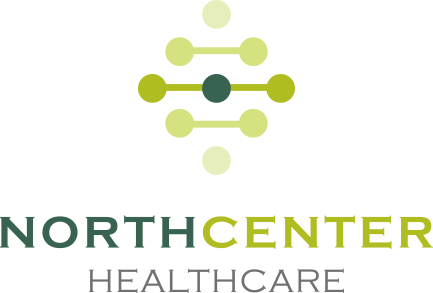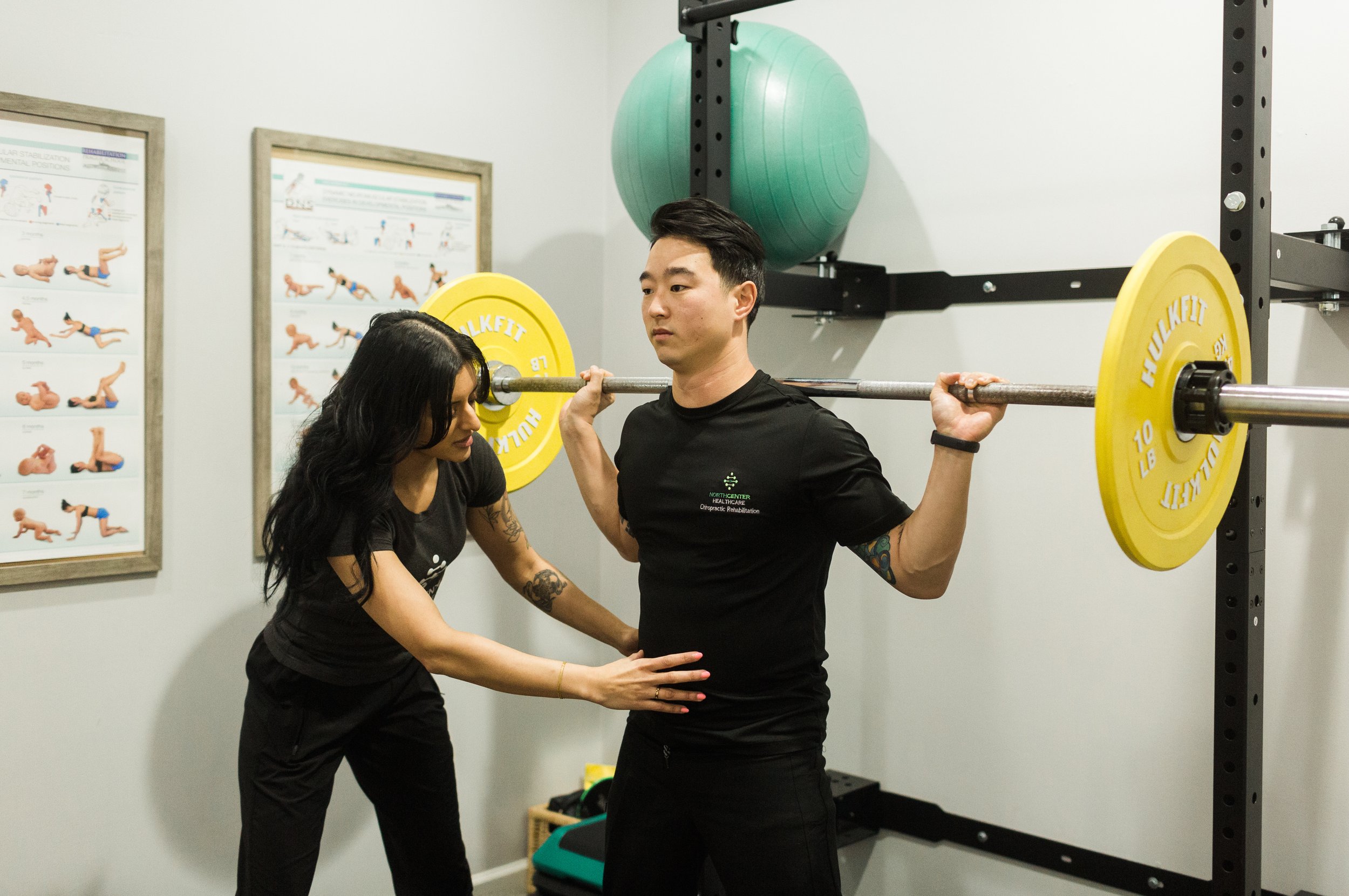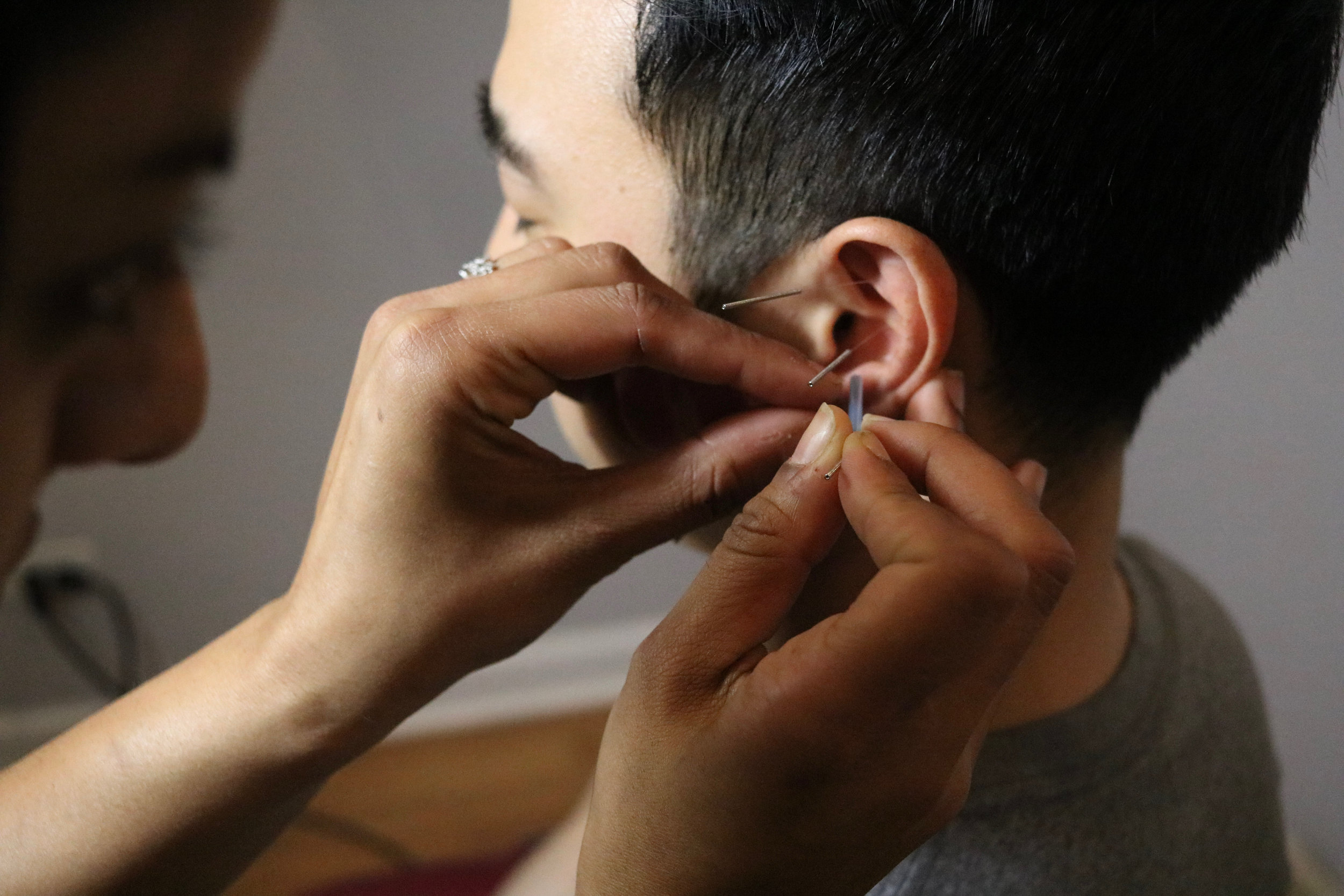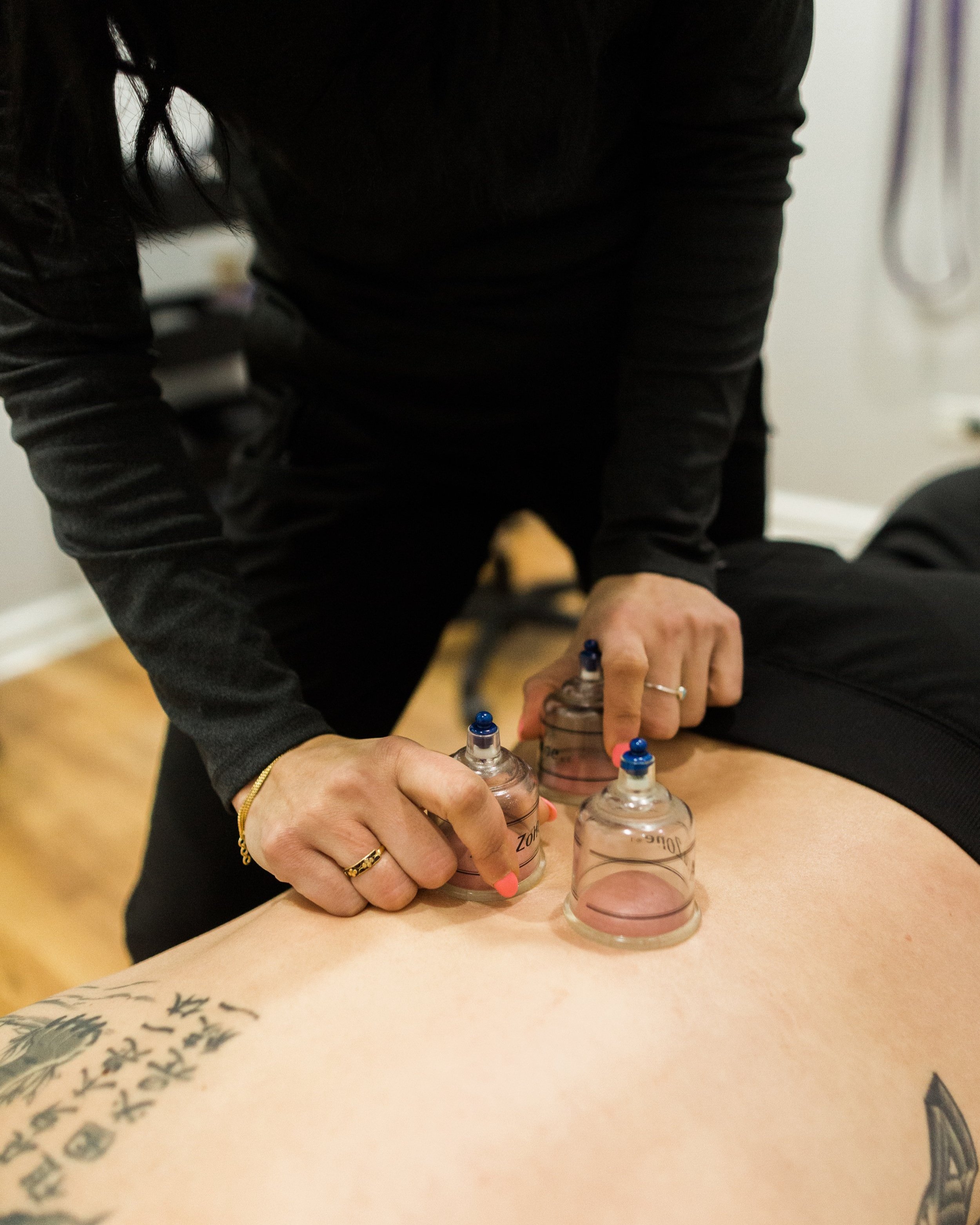Services
Proactive Movement Coaching
Our proactive movement coaching is for those who are not injured and are looking to keep it that way! Whether you’ve just rehabbed your way out of an injury with us or are simply looking to keep feeling and moving well, this is a program designed for people who don’t want to let strength, flexibility, or injury be a limiting factor in their lives.
Your coaching will start with a 15-minute complimentary consultation over the phone, where we get to know your goals, overall situation, and what we can expect your exercise environment to look like. Whether you go to a top-notch gym or you work out in your living room with no equipment, we can set you up with a measured and appropriate program while keeping anatomy, injury history, and biomechanics in mind. We set you up by the month and have weekly asynchronous check ins to make sure everything keeps going well!
If you choose the hybrid option for your coaching, you’re also able to come into the clinic once a month for a wellness visit where we can walk through your movement program together in person.
Make that discovery call appointment here!
Chiropractic Care
The chiropractic adjustment is a type of therapy that can affect the nervous system, as well as the musculoskeletal structures that it controls. With chiropractic adjustments, we see that there are reflexive effects that occur, which ultimately help to reduce local inflammation and improve function of restricted joints.
Joints can be restricted due to poor posture, bad form during exercise, or repetitive movements, and by maintaining proper mechanics, we help to ensure your joints — and the rest of your body — continue to function properly throughout your life.
The Webster technique is a specific chiropractic sacral analysis and chiropractic adjustment. The goal of the adjustment is to reduce the effects of sacral/SI joint dysfunction. In doing so, neuro-biomechanical function in the pelvis is facilitated. SI joint function can be especially critical during pregnancy.
Functional Rehabilitation and Sports Performance
When patients get injured during athletic activities (running, climbing, martial arts, weightlifting, cycling etc..), there are often underlying compensations and less-than-perfect motor patterns involved. At Northcenter Healthcare, we utilize functional rehabilitation in the form of DNS (dynamic neuromuscular rehabilitation) to help assess and restore proper motor control, thereby helping patients to heal from and prevent injuries. Once injuries have resolved, we continue to focus on maximizing performance and improving on movement dysfunctions that may be preventing you from performing at your peak in a given activity or sport.
The goal is always the same — rehab to train, train to move well, move well to excel in the things you love!
Prenatal and Postpartum Rehabilitation and Exercise
Pregnancy and giving birth are beautiful, and physically preparing for these times in one’s life can be extremely beneficial to reduce complications during and post-pregnancy.
Postpartum rehabilitation is particularly important since giving birth can be extremely taxing on the body. During the process of pregnancy and childbirth, we occasionally encounter complications like diastasis recti or uterine prolapse, and at Northcenter Healthcare, we can help to retrain your body to recover from those conditions and more.
In addition, we can help to ensure that you don’t develop any functional compensations after giving birth, including while you transition back to finding your home in your body.
Low Back Pain, Sciatica, and Bulging Disc Treatment
The McKenzie method of Mechanical Diagnosis and Therapy is a system that addresses the complete assessment, classification, treatment, and prevention of spinal and extremity pain syndromes.
The way that your symptoms and range of movement changes with prescribed multi-range repeated movements provides the clinician with information that they can use to categorize your problem, and subsequently treat with appropriate end-range loading exercises.
These exercises are utilized with the goal of restoring full range of motion and joint mobility, reducing pain due to joint decentralization, and decreasing radiating symptoms (often seen in conditions such as sciatica, disc herniation, disc bulging, and nerve entrapment).
Acupuncture
The technique of acupuncture involves the placement of hair-thin needles along specified channel points on the patient’s body that are charted from a traditional Chinese-medicine framework.
Acupuncture has been shown to release muscle spasms, relieve pain, and support overall emotional wellbeing. The specific channel points chosen by the acupuncturist target the patient’s nervous system regulation, creating a release of endogenous opioids, known as “happy hormones.” This balances the body's stress response and dampens the brain’s pain signals from the specific area and related organs.
Acupuncture is a great way to integrate the mental aspects of your health with the physical responses to pain and stress — with the added benefit of improved digestion, sleep, and tissue tension!
Dry Needling
Dry needling is a specific type of acupuncture targeting myofascial pain points around musculature. The technique involves inserting acupuncture needles into areas of the muscle in order to stimulate the myofascial contraction. In turn, this will reflexively cause a release of tension in the area treated, relieving tightness, pain, and imbalance.
Dr. Sandeep uses dry needling to release trigger points throughout the body as part of a whole-body approach to reducing your pain and improving movement.
Instrument-Assisted Soft Tissue Mobilization (IASTM)
Instrument-assisted soft tissue mobilization, or myofascial release, is proven to improve lymphatic drainage, break fascia away from muscle tissue, lower pain sensation, and neurologically reduce the amount of base-level tension in a muscle.
This can help with the healing process in an acute injury, as well as chronic states of tension.
Cupping
Cupping is a therapeutic technique that uses a decompressive force (suction) to induce the healing process by bringing blood flow, lymphatic flow, and specific neurochemical markers to the affected areas.
This process can help to relieve pain and inflammation, improve range of motion, and manage chronic pain.









